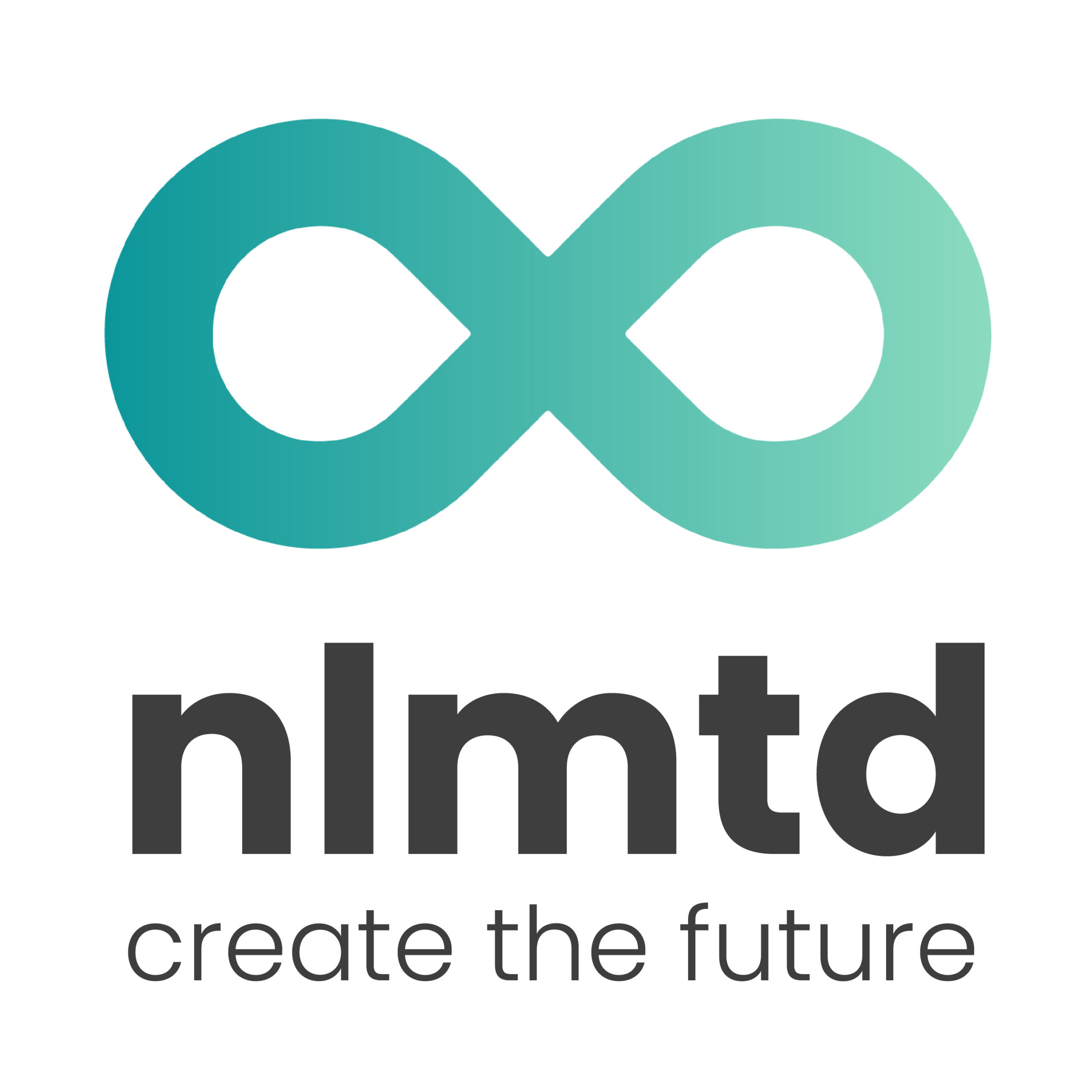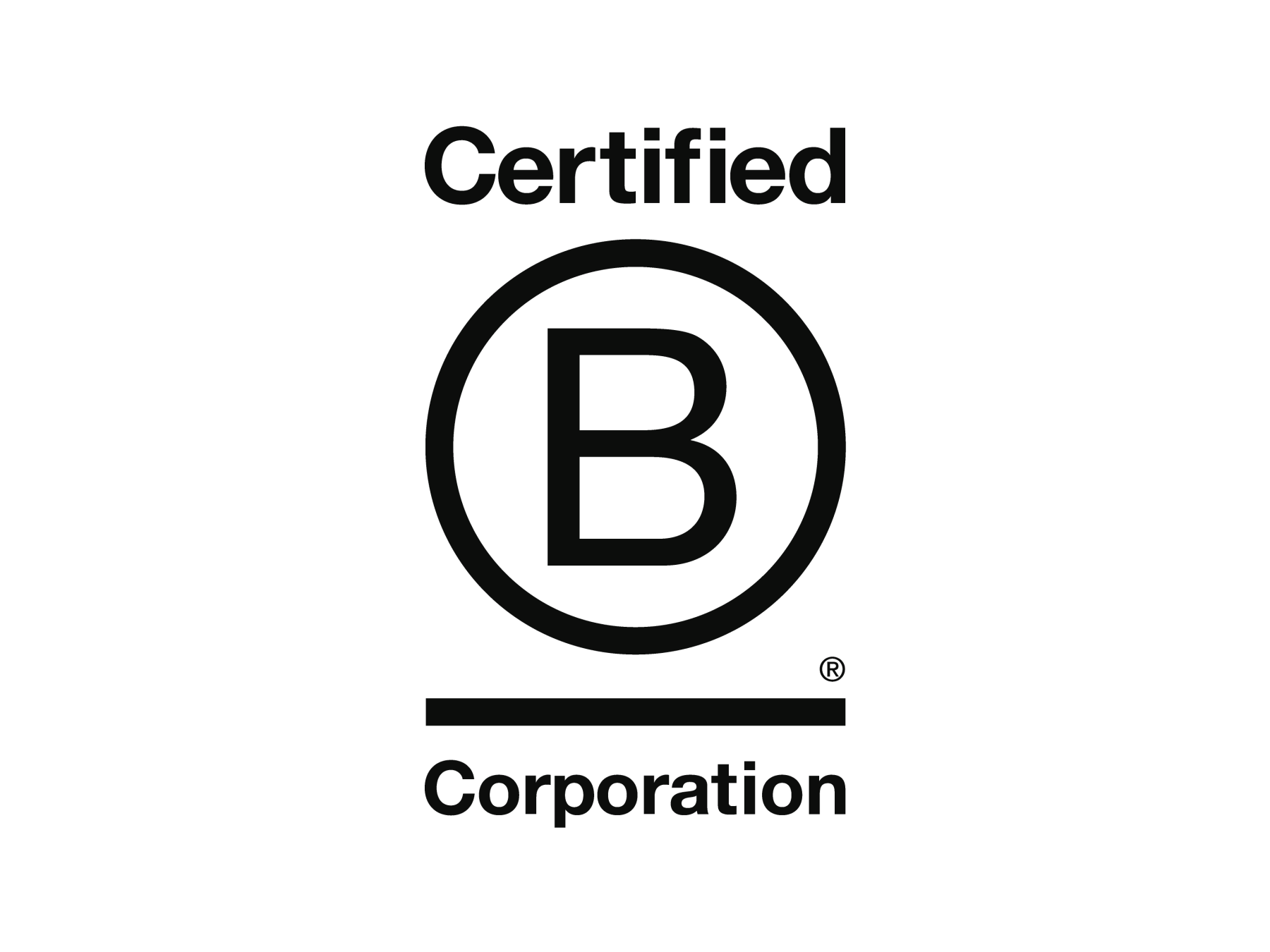“I’m a problem solver”, the innovation manager at my first employer used to say. “You give me a problem, I’ll give you a solution. That’s why people keep hiring me.”
He was right on all counts. People gave him problems, he solved those problems and people kept hiring him. However, the more I got into the science of innovating, the more I realized this innovation manager wasn’t actually innovating at all. Sure, he would do whatever people told him to – but he never knew why he was doing it. He took the problem as a given. And most of the time, that meant he did a great job solving the wrong problems.
My manager was far from an exception. Organizations have generally become very good at solving the wrong problems. What I mean by this is that (1) most organizations fail to uncover what their actual problems are, or where their real opportunities lie, and (2) they excel at solving the problems they do uncover, simply because it taps into their existing knowledge, experience and skills.
Addressing the wrong problems
Blackberry continued to improve their physical keyboards because they wanted to focus on business emails. Kodak didn’t recognize their own invention of digital photography as disruptive. Blockbuster turned down a deal with Netflix because they didn’t think customers wanted movies delivered.
Obviously, there’s not one exclusive explanation for why organizations fail to recognize their biggest problems or greatest opportunities. However, one common train of thought is that organizations are no longer at liberty to determine what customers want. Most industries have, due to increasing international competition, transformed from supply-driven (here’s the product – buy it) to demand-driven (if your product isn’t good enough, I’ll get it somewhere else). In response, organizations are seeking out new ways to understand what it is their customers want.
This is reflected in the increased traction that newer methods have received, such as design thinking. Put simply, these methods allow organizations to tap into the mind of their customers, instead of trying to work out what they want from behind their own desks. This has helped organizations pivot from employee driven innovation to customer (or human) driven innovation.
Ford’s faster horses
Criticasters of customer driven innovation oftentimes aim to cleverly derail discussions on its value by using the classic Henry Ford quote: “If I had asked people what they wanted, they would have said faster horses.” Although there is no evidence of Ford actually saying these words in the first place, I highly doubt he would still stand by them today.
In fact, I believe the quote illustrates one of the root causes of why organizations have become so good at solving the wrong problems. In Ford’s faster horse example, common problem solvers like my old manager would now be testing different types of hay, water and carrots to feed old Betsy. He’d do it well: hypothesis driven, clean A/B testing, solid metrics, and nine times out of ten, he’d find a way to speed up those horses. Because like many others, he is indeed remarkably good at problem solving. But did he fix the right problem by slightly improving the existing product?
Using customer feedback, input and ideas is all about getting down to the essence of their comments: what are they tryingto tell you? Sure, customers may tell you they want faster horses – but what does that mean? Why do they say they want faster horses? Is it because they enjoy the wind in their hair? To get off of that uncomfortable saddle? Is it to arrive at their destination sooner?
Ask, observe, interpret, learn
The commons misconception is that customers will tell you exactly what you need to do. Customers may send you in the right direction, but will rarely hand you the solution. The innovator’s job is to interpret the feedback – to find out what the customer is trying to tell you, albeit subconsciously. Observe their behavior, measure their actions, and ask them why. I don’t believe in a golden rule of three or five why’s – but I do believe it is essential to keep digging. The skill is learning to make the implicit explicit, and to recognize when you’ve struck gold.
Although the overused Ford quote steered this example towards customer feedback – the same holds for requests from colleagues, management or clients. Try to find out what it is they are really looking for instead of obediently delivering what they’re asking for.
Brilliantly solving the wrong problems
So if a lot of organizations aren’t finding the right problems, why are they so good at solving the wrong ones? Generally speaking, because the wrong problems tap into our existing experience, knowledge and skills. If you ignore or misinterpret customer feedback, your other option is to fill in the gaps yourself. You use your vast knowledge and experience of your own product, and set off on the dangerous task of assuming you know what your customers want.
When you have been surrounded by a framed context for years, both defining and solving the problem is understandably clouded by your biases. But however tempting it may be to use your knowledge and experience, it is also your greatest limitation. The difficulty in most industries, is that you’re not the only one that’s caught in your biased views: so are your manager, your co-worker and your “outside” consultant that’s been working your case for years on end. They will applaud your ideas, methods and results, because they have become accustomed to those exact same standards and understand exactly what you are telling them. It feels safe, sensible and secure. And it feels like innovation.
We are good at solving the wrong problems because it’s in our nature. We aim to continuously improve, but easily forget we are confined by our own (organization’s) paradigms. With our heads in the engines, we are constantly looking for tiny opportunities of growth. Opportunities that our bosses demand and undoubtedly our current customers will enjoy. Right up until the point when a competitor comes flying by with an actual innovation or pivotal redesign, and our customers move on without giving it a second thought.
What happens when you ask a horse trainer to speed up his horses? Most likely scenario: he’ll agree and deliver. It’s what he knows and loves. But innovation is about zooming out, recognizing radical opportunities and facilitating necessary pivotal shifts. It’s about digging deeper, flying higher and daring to leap out of your (organization’s) comfort zone.
Breeding a faster horse to pull your carts is an improvement. Letting an engine pull the cart is an innovation.
How to avoid the problem-solution loop
Every wrong problem that is brilliantly solved feels like a success story. That’s why it’s so difficult for organizations to realize they need to step up their game to stay relevant. It takes visionary leadership to see through the illusion of success and recognize necessary step change innovations. Even when it threatens your current capabilities or product.
No matter what industry you are in, or what the size your organization is, innovation is vital to ensure you continue to create value. Unfortunately, there’s no 10-step plan to becoming an innovative organization – it’s a transformation that takes vision, drive and resources. However, I would like to finish off with four actions that in my experience can help you take those first steps:
1. Define a solid mission statement related to the impact you want to make
Don’t let your product confine you. Follow Simon Sinek’s advice, and find the why that drives you. Once you detach your reason for being from your product, it will allow you to reinvent yourself. Disney’s goal to create happiness allowed them to add amusement parks, streaming services and musicals to its legendary animated movies. Don’t aim to sell horses, aim to transport people around the world. Let you ambition (your why) drive you, and find out what that means for your current and future products.
2. Find out what your customers actually want, not what they say they want
Customer input can be a key contributor to uncovering your problems or opportunities. Listen to your customers, challenge them, observe them. But remember, customers will rarely hand you solutions. Use your creativity and intellect to uncover what they are trying to tell you, and work from there.
3. Learn to reframe your problems
Problems aren’t always what they seem, and solutions aren’t always what they need. When Disney’s amusements parks received a lot of criticism for the hour-long queues for every ride, the park managers were stumped. The only way to shorten the wait would be to create more rides, or allow fewer visitors into their parks: both costing them millions. After a group of designers was hired to evaluate the situation, they brilliantly reframed the problem: instead of investing millions, Disney World simply added themed music, videos and introduction stories to the waiting areas. Instead of decreasing the waiting time, they increased its value. Reframing problems is essential to transform difficult demands into workable innovations.
4. Benefit from an outsider’s perspective
Recognize how difficult it is to step back and break free from your otherwise so valuable knowledge and experience. Allow new team members, outside consultants and even interns to come in and ask you that simple question: ‘why?’. Allow them to challenge the status quo, to reinterpret customer feedback and to co-create new ideas together with your experts and your customers. Get that fresh pair of eyes to kickstart your innovation engine, because when it comes to finding and fixing the right problems – an overkill of (product) experience can be counterproductive.
Organizations are good at solving the wrong problems, and have been for many years. But in a time where three new startups are being launched every second, settling for minor product improvements is no longer sufficient. It’s time to shake things up. It’s time to start solving the right problems, to start solving them right, and to start solving them fast. Let’s innovate.





